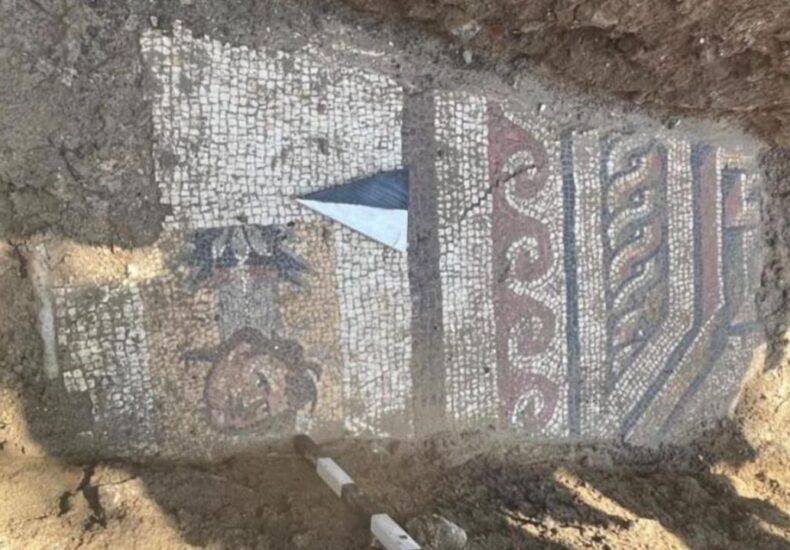
1,500-Year-Old Roman Mosaic Discovered During Infrastructure Work in Southern Türkiye
A mosaic floor estimated to be around 1,500 years old has been uncovered during infrastructure work in the city of Kahramanmaraş, located in southern Türkiye. The discovery was made within the borders of the ancient city of Germanicia, during a reconstruction project on Tevfik Kadıoğlu Boulevard in the Bağlarbaşı neighborhood, part of the city’s post-earthquake recovery efforts.
The mosaic, believed to date back to the Late Roman Period, was found by construction workers carrying out underground utility work. Upon discovery, the workers immediately notified the Kahramanmaraş Provincial Directorate of Culture and Tourism, which dispatched a team of experts to the site.
After an on-site evaluation, the expert team confirmed the mosaic’s historical significance and determined that it likely dates back approximately 1,500 years. To ensure its preservation, the mosaic was documented, photographed, and carefully covered.
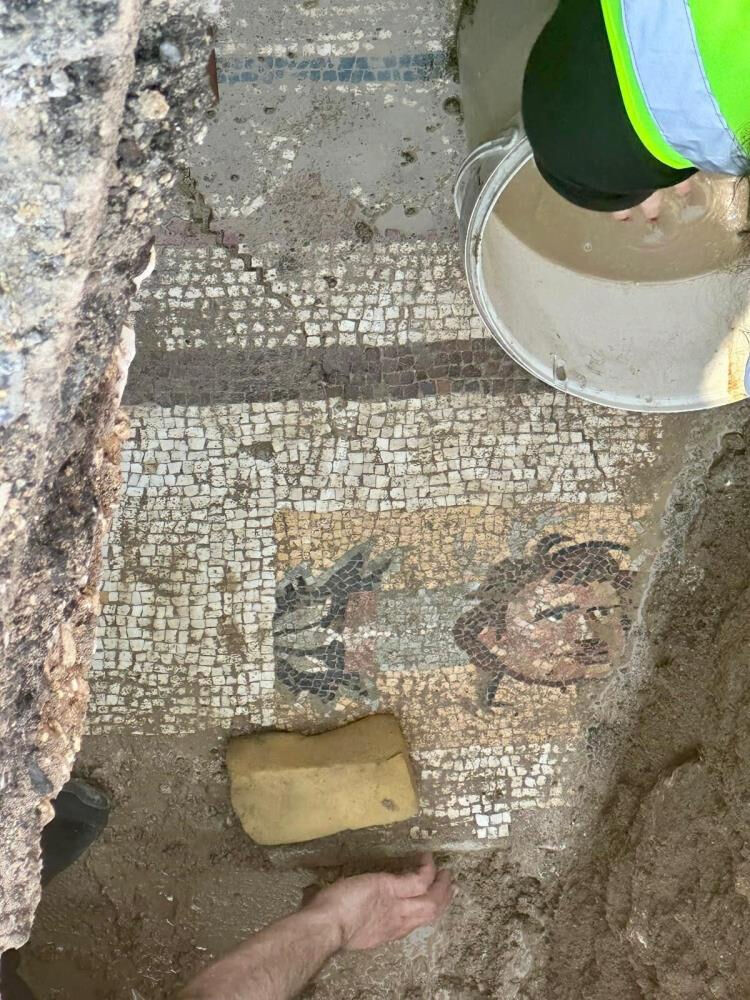
In a public statement, the Provincial Directorate reported:
📣 Our WhatsApp channel is now LIVE! Stay up-to-date with the latest news and updates, just click here to follow us on WhatsApp and never miss a thing!!
“This cultural artifact has been recorded and photographed by specialist teams. To protect it from environmental damage, it has been secured using geotextile fabric and a layer of fine sand. No concrete, asphalt, or similar materials have been applied over the site. The process of registering the mosaic as a protected cultural asset has been initiated, and the discovery has been promptly reported to the Gaziantep Regional Board for the Protection of Cultural Heritage. Following the board’s evaluation, the necessary preservation procedures will be carried out.”
Discovery Within the Historical Bounds of Germanicia
The location of the mosaic lies within the historical boundaries of Germanicia, an ancient Roman city that came to light in 2007 when mosaics were uncovered during an illegal excavation in the same neighborhood. While the newly found mosaic was not part of a planned archaeological excavation, its proximity to previous finds strengthens the case for Germanicia’s extensive cultural footprint.
Following the initial discovery in 2007, systematic archaeological efforts were launched to uncover more of Germanicia, believed to have been founded in the 1st century AD. Excavations conducted over the years have revealed mosaics and structures from the 4th to 6th centuries AD. In 2018, a 140-square-meter section of the site was officially opened to visitors.
This recent, unplanned find once again highlights the rich layers of history beneath Kahramanmaraş and underscores the importance of cultural heritage protection in the midst of modern urban development.
Cover Photo: IHA
You may also like
- A 1700-year-old statue of Pan unearthed during the excavations at Polyeuktos in İstanbul
- The granary was found in the ancient city of Sebaste, founded by the first Roman emperor Augustus
- Donalar Kale Kapı Rock Tomb or Donalar Rock Tomb
- Theater emerges as works continue in ancient city of Perinthos
- Urartian King Argishti’s bronze shield revealed the name of an unknown country
- The religious center of Lycia, the ancient city of Letoon
- Who were the Luwians?
- A new study brings a fresh perspective on the Anatolian origin of the Indo-European languages
- Perhaps the oldest thermal treatment center in the world, which has been in continuous use for 2000 years -Basilica Therma Roman Bath or King’s Daughter-
- The largest synagogue of the ancient world, located in the ancient city of Sardis, is being restored

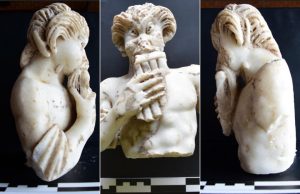
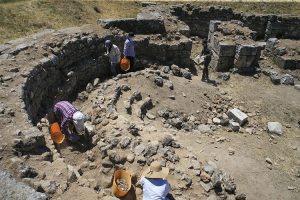
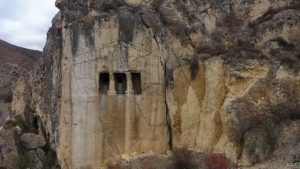
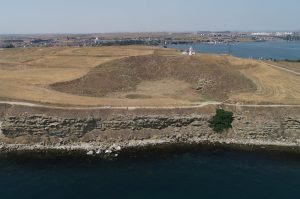
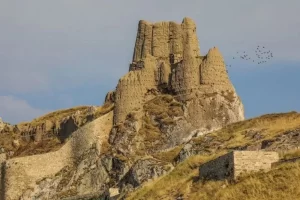
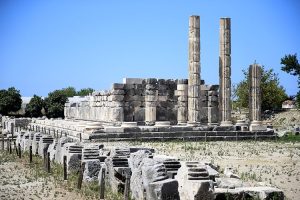


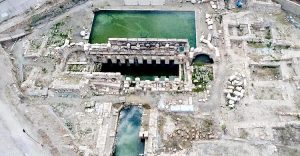
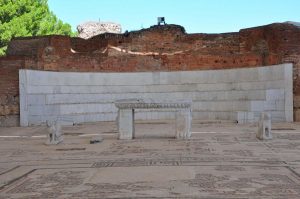
Leave a Reply